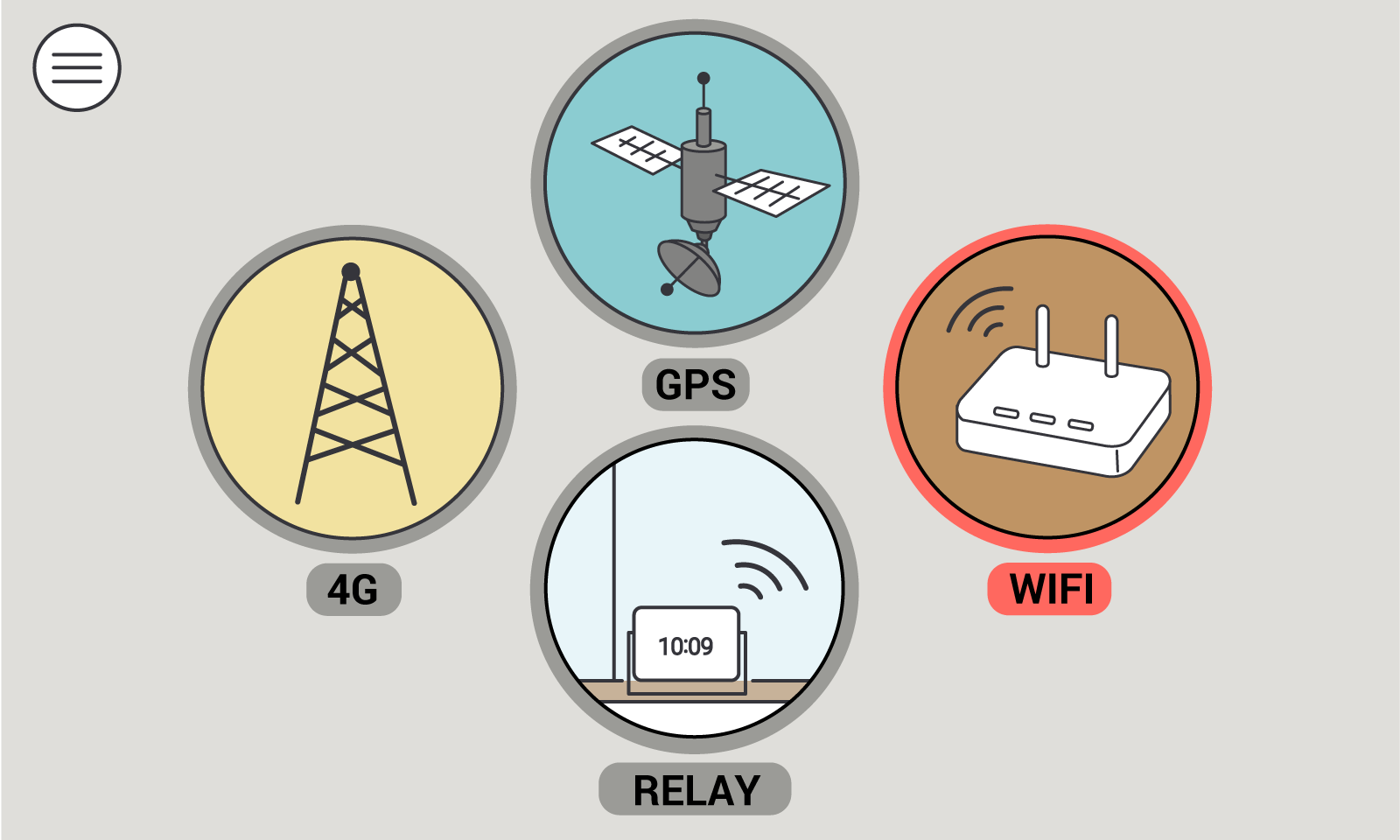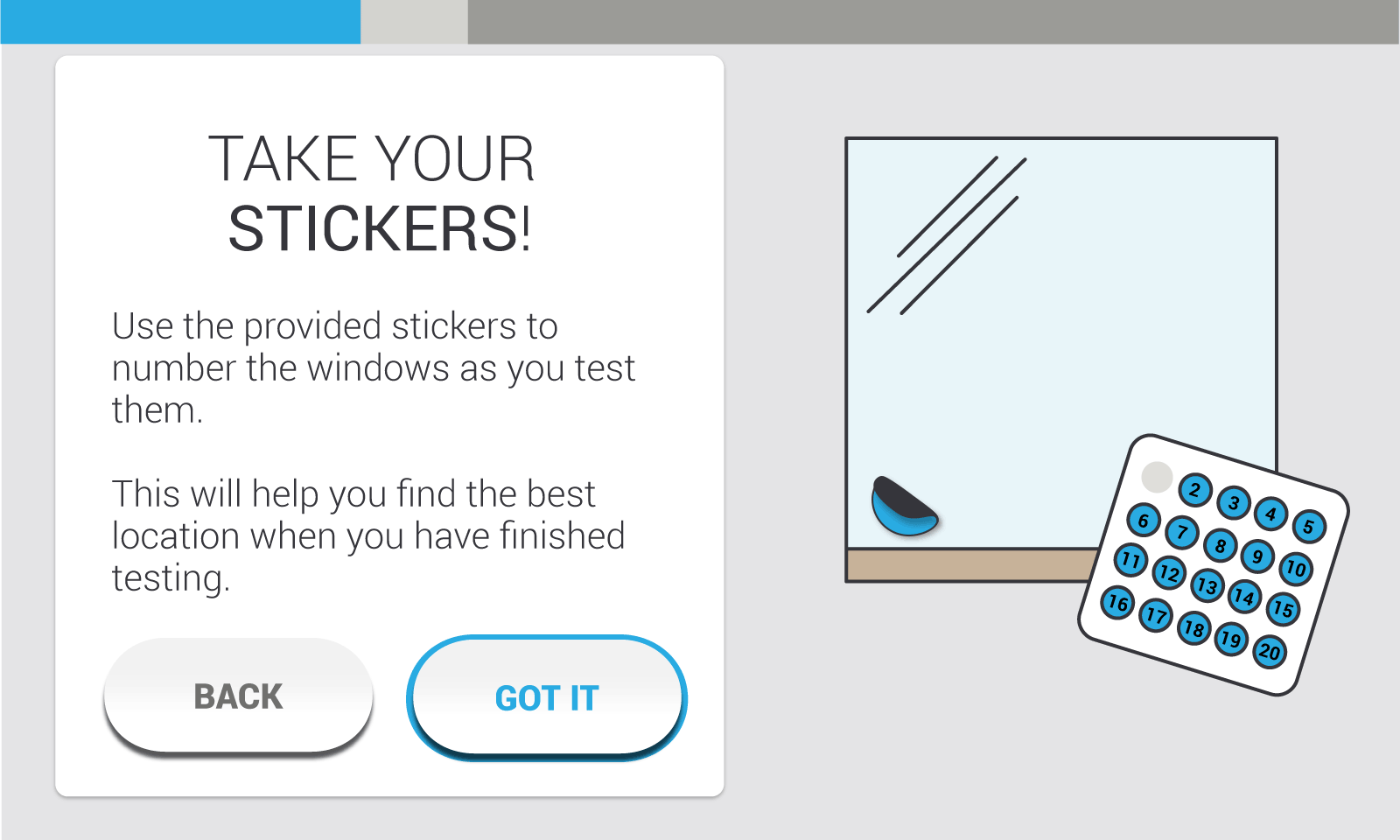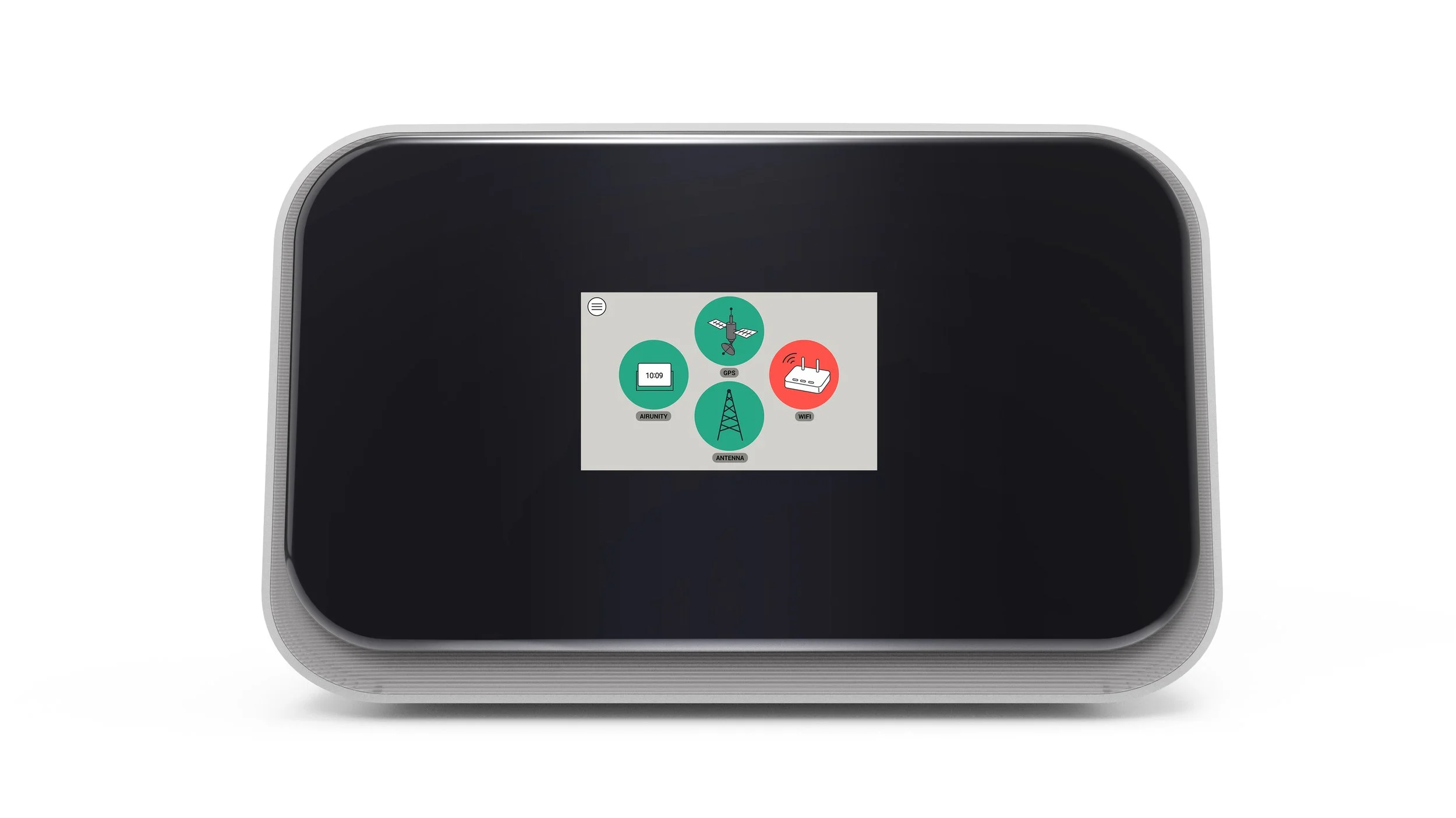Designing the interaction to solve the indoor mobile hotspot problems
I worked on this project when I was working for the product consultancy Kinneir Dufort. The goal for the client, Airspan, was to design a device that solved indoor mobile hotspot problems.
The Context
While working at the product design consultancy Kinneir Dufort, I collaborated with Airspan on the design of AirUnity, a small cell device created to improve indoor mobile coverage.
The device extends network reach by improving hotspot performance inside homes and offices, covering up to 30,000 square feet indoors and 100 metres outdoors.
The Challenge
AirUnity needed to be installed against a window for optimal performance. However, users had to test multiple window locations to find the best signal, which could be confusing and time consuming without clear guidance.
The goal was to design an installation experience that helped users confidently set up the device, understand signal performance, and achieve correct placement without needing technical support.
The Process
After mapping the full installation journey, I identified key points where users were likely to misunderstand or skip important steps.
To simulate the real world experience, I designed an interactive prototype that ran inside a 3D-printed physical model of the device. This allowed us to test both the digital interface and the physical interactions simultaneously, capturing realistic feedback on usability and comprehension.
During user testing, we discovered that some participants missed crucial instructions during the setup sequence. I used this insight to redesign the information flow, improving visual hierarchy, feedback cues, and guidance messages to make the process more intuitive.
The Solution
The final design provided step by step interactive guidance, visual indicators for signal strength, and contextual help to ensure users installed the device in the optimal location.
The revised flow reduced confusion, improved user confidence, and increased the success rate of first time installations.
Outcomes
Simplified setup process, reducing installation time and errors.
Improved user understanding through clearer feedback and guided interaction.
Higher success rate for first time installations after redesign.
Validated design through hands on testing with a functional prototype.
Provided Airspan with actionable insights for integrating interaction design into physical product experiences.







